Migraine: Causes, Treatment Options & the Role of Acupressure
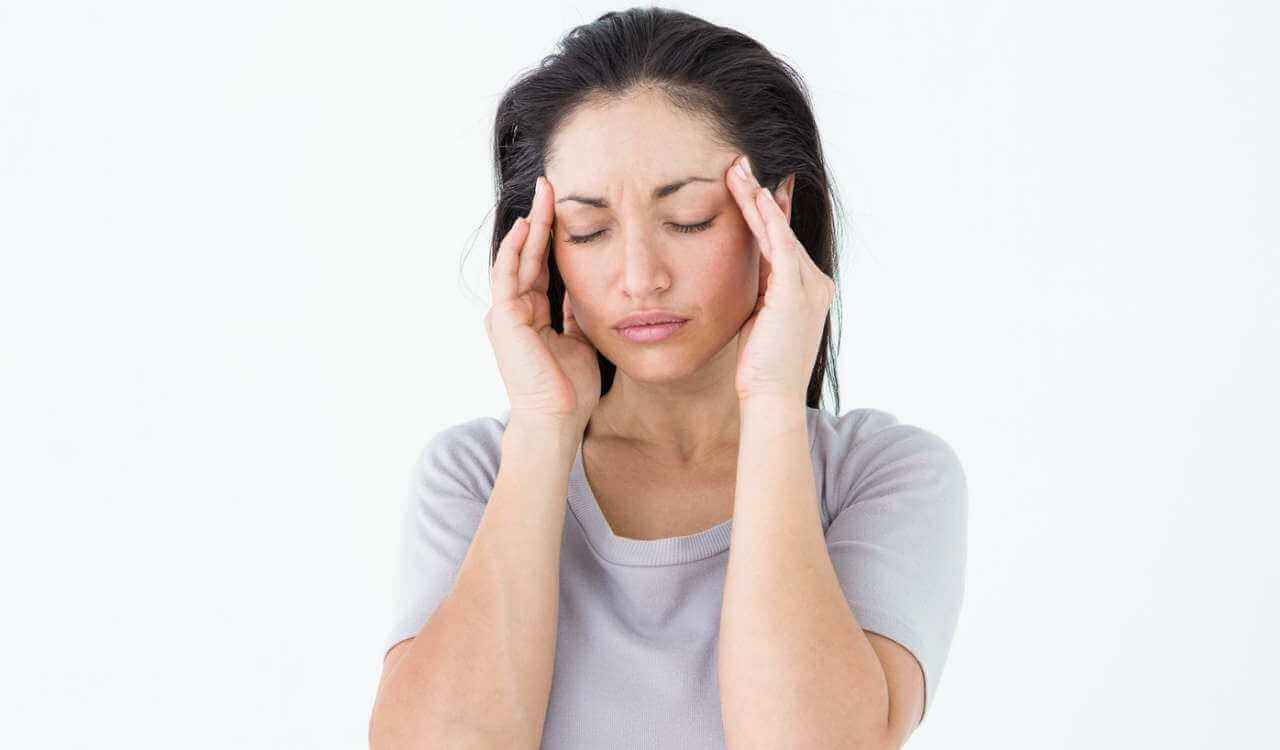
Migraine is a neurological disorder that affects millions of people worldwide. The intense, throbbing headaches, often accompanied by nausea, vomiting, and sensitivity to light, can significantly impact daily life. The causes of migraine are complex and varied, and treatment options range from medications and lifestyle adjustments to alternative therapies such as acupressure. In this blog post, we will explore the development of migraine, various solutions and coping strategies, and explain how acupressure can help sustainably relieve migraine conditions.
Development of Migraine
The exact cause of migraine is not yet fully understood, but there are several factors that can contribute to its development:
-
Genetic Factors:
- Migraine can run in families, indicating that genetic factors play a role. People with a parent who suffers from migraine have a higher risk of developing migraine themselves.
-
Neurological Factors:
- Changes in the brain, especially in the brainstem and the functioning of the trigeminal nerve, can trigger migraine. This nerve is responsible for pain sensation in the face.
-
Chemical Imbalances:
- Imbalances in brain chemicals, such as serotonin, play a role in regulating pain in the nervous system. A drop in serotonin levels can trigger migraine.
-
Environmental and Lifestyle Factors:
- Certain foods, alcohol, hormonal changes, stress, lack of sleep, and weather changes can trigger migraine.
Solutions and Coping Strategies
Migraine can significantly affect daily life. Here are some common solutions and coping strategies:
-
Medication Treatment:
- Acute Treatment Medications: Pain relievers like ibuprofen or paracetamol can help with mild migraine attacks. Triptans and ergotamines are specific migraine medications effective for moderate to severe attacks.
- Prophylactic Medications: Beta blockers, antidepressants, and antiepileptics can be taken regularly to reduce the frequency and severity of migraine attacks.
-
Lifestyle Adjustments:
- Stress Management: Techniques such as yoga, meditation, and breathing exercises can help reduce stress, which is often a migraine trigger.
- Sleep Hygiene: A regular sleep schedule and a good sleep environment can reduce migraine attacks.
- Nutrition: Avoiding migraine triggers such as caffeinated drinks, alcohol, and certain foods can help prevent attacks.
-
Alternative Therapies:
- Acupuncture: This traditional Chinese healing method can help relieve migraine symptoms.
- Cognitive Behavioral Therapy (CBT): This form of psychotherapy can help manage stress and anxiety that can trigger migraine.
- Acupressure: A non-invasive method that harmonizes energy flow by pressing certain points on the body and can relieve migraine symptoms.
Acupressure and Its Role in Migraine Relief
Acupressure is a therapy based on the principles of Traditional Chinese Medicine (TCM) and does not use needles. By pressing certain points on the body, energy blockages are released and the flow of Qi (life energy) is harmonized. Acupressure can be an effective method to relieve migraine symptoms.
Important Acupressure Points for Migraine Relief
There are several acupressure points that can be particularly effective in relieving migraine. Here are some of the most important points:
1. Hegu (Large Intestine 4)
- Location: On the back of the hand, in the fleshy area between the thumb and index finger.
- Effect: Relieves headaches and tension pain.

2. Yintang (Third Eye)
- Location: Between the eyebrows, in the middle of the forehead.
- Effect: Calms the mind, relieves headaches, and promotes relaxation.

3. Taiyang (Temple Point)
- Location: In the depression of the temples, about a thumb's width from the eyebrows.
- Effect: Relieves headaches and eye strain.

4. Zusanli (Stomach 36)
- Location: Four finger widths below the kneecap, on the outer side of the shin.
- Effect: Strengthens the body, promotes digestion, and general well-being.

5. Feng Chi (Gallbladder 20)
- Location: In the depressions at the base of the skull, about two finger widths from the midline.
- Effect: Relieves headaches, neck stiffness, and promotes circulation.

Applying Acupressure for Migraine Relief
Applying acupressure is simple and can be done comfortably at home. Here are some steps to effectively use acupressure for migraine relief:
-
Create a calm environment:
-
Find a comfortable place where you won't be disturbed. Dim the lights and create a relaxed atmosphere.
-
-
Relax:
-
Take a few minutes to breathe deeply and calm your mind. Close your eyes and focus on your breath.
-
-
Locate the points:
-
Use your fingers to find the acupressure points mentioned above. Apply gentle but firm pressure to each point and massage in small circular motions.
-
-
Duration and Intensity:
-
Massage each point for about 1-2 minutes. The pressure should be comfortable but not painful.
-
-
Regularity:
-
Repeat acupressure regularly, especially at the first signs of a migraine. Consistency is key to success.
-
Scientific Background and Studies
Although scientific research on acupressure is still limited, there is evidence that it can be effective in relieving migraine. A 2010 study published in the American Journal of Chinese Medicine showed that acupressure can significantly reduce the frequency and intensity of migraine attacks. Another study from 2012, published in the Journal of Pain Management, found that acupressure can reduce the pain intensity and duration of migraine attacks.
Conclusion
Migraine is a complex and distressing condition that can significantly impact daily life. There are various treatment and coping strategies that can help relieve symptoms and reduce the frequency of attacks. Acupressure offers a natural, simple, and effective method to relieve migraine symptoms and promote well-being. By targeting specific points on the body, energy flow can be harmonized and the mind calmed. Combined with other proven treatment strategies, acupressure can become a valuable tool in managing migraine.
Try acupressure and discover how this ancient healing art can help relieve your migraine pain and improve your quality of life.
Sources:
- American Journal of Chinese Medicine, 2010. Study on the effects of acupressure on migraine frequency and intensity.
- Journal of Pain Management, 2012. Study on the effects of acupressure on migraine pain and duration.

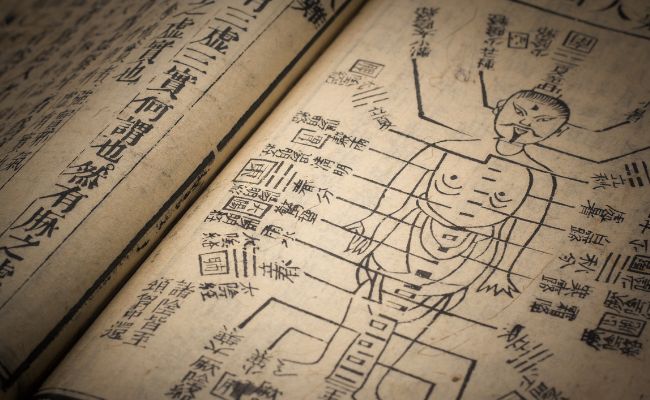
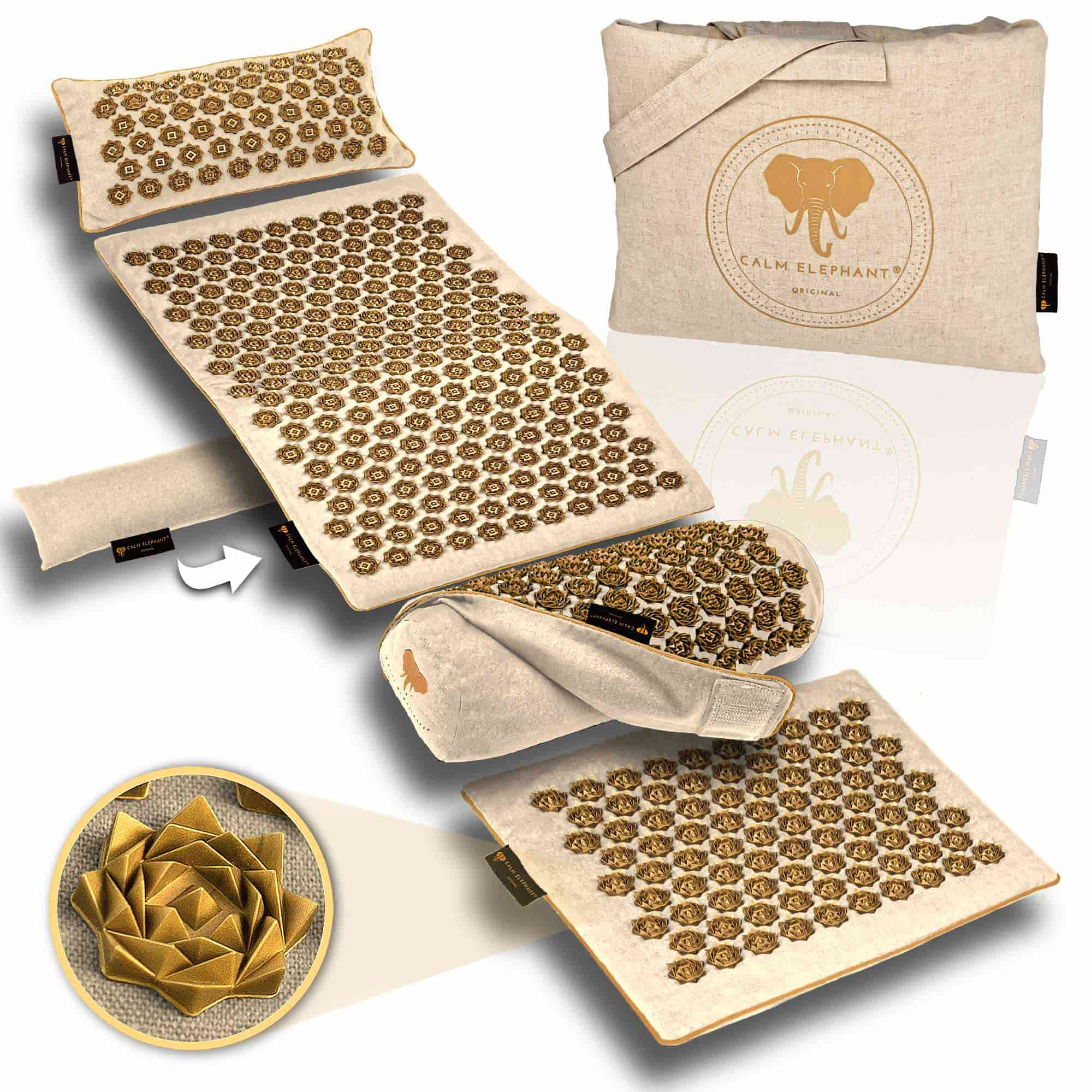
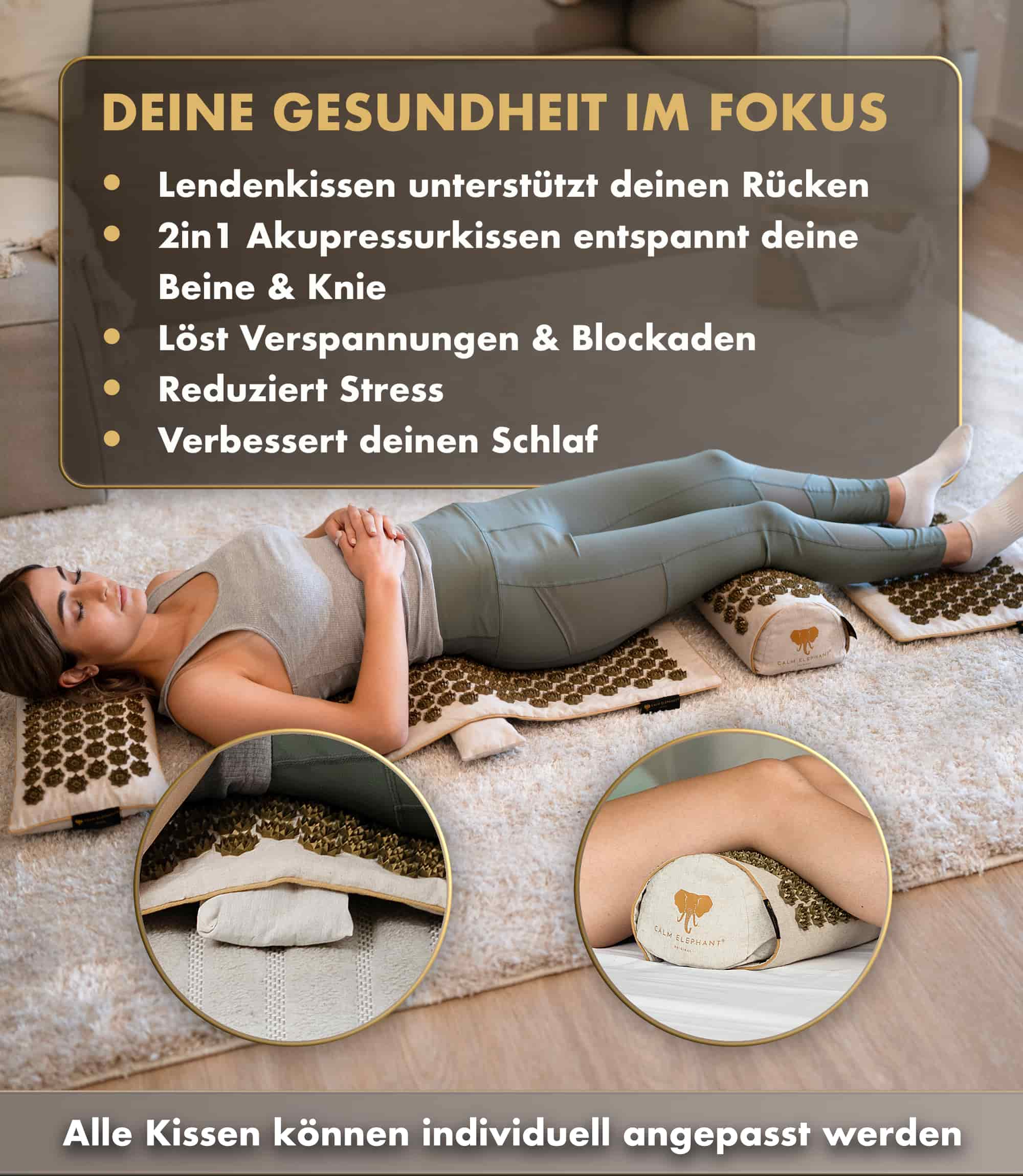
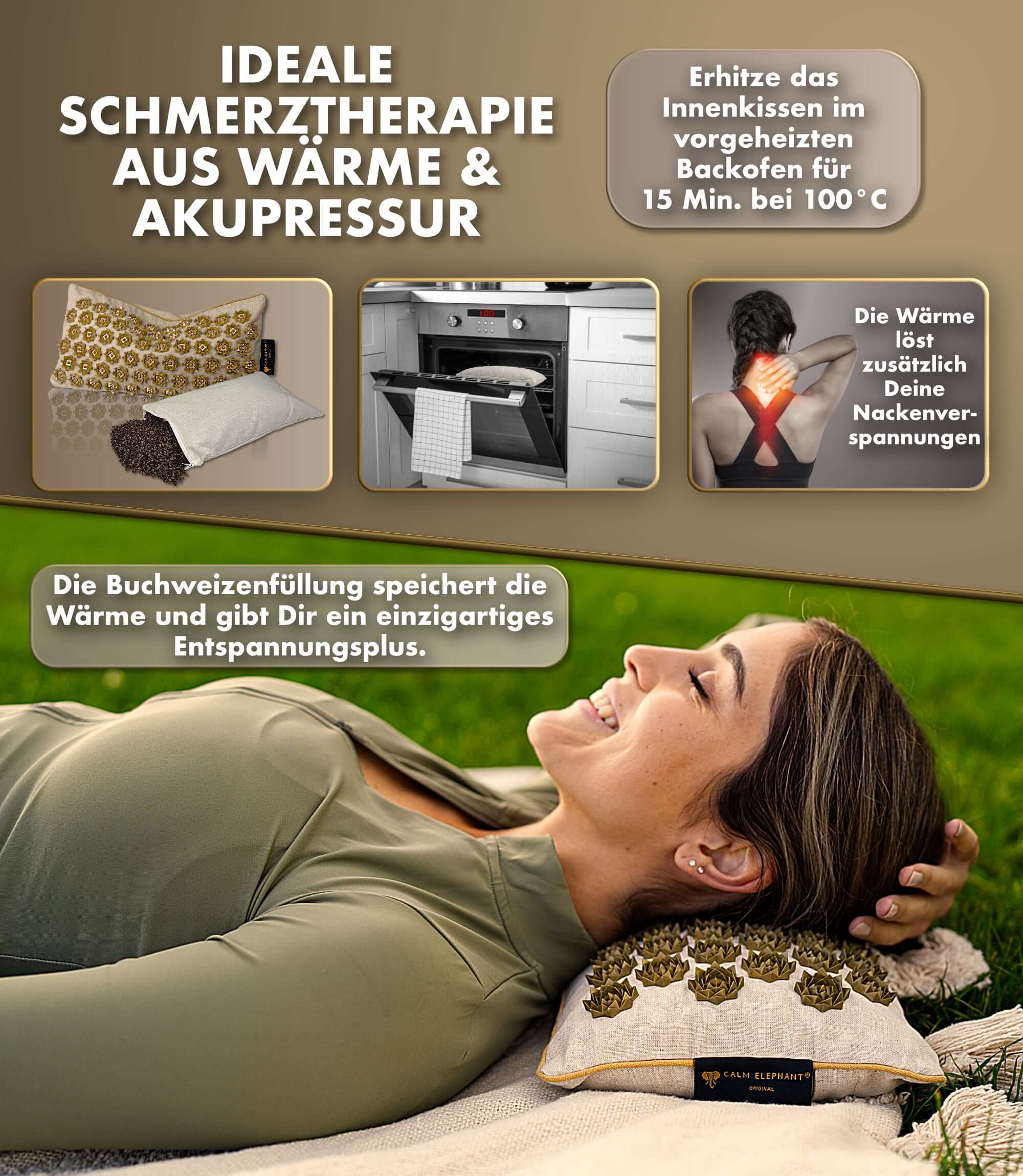

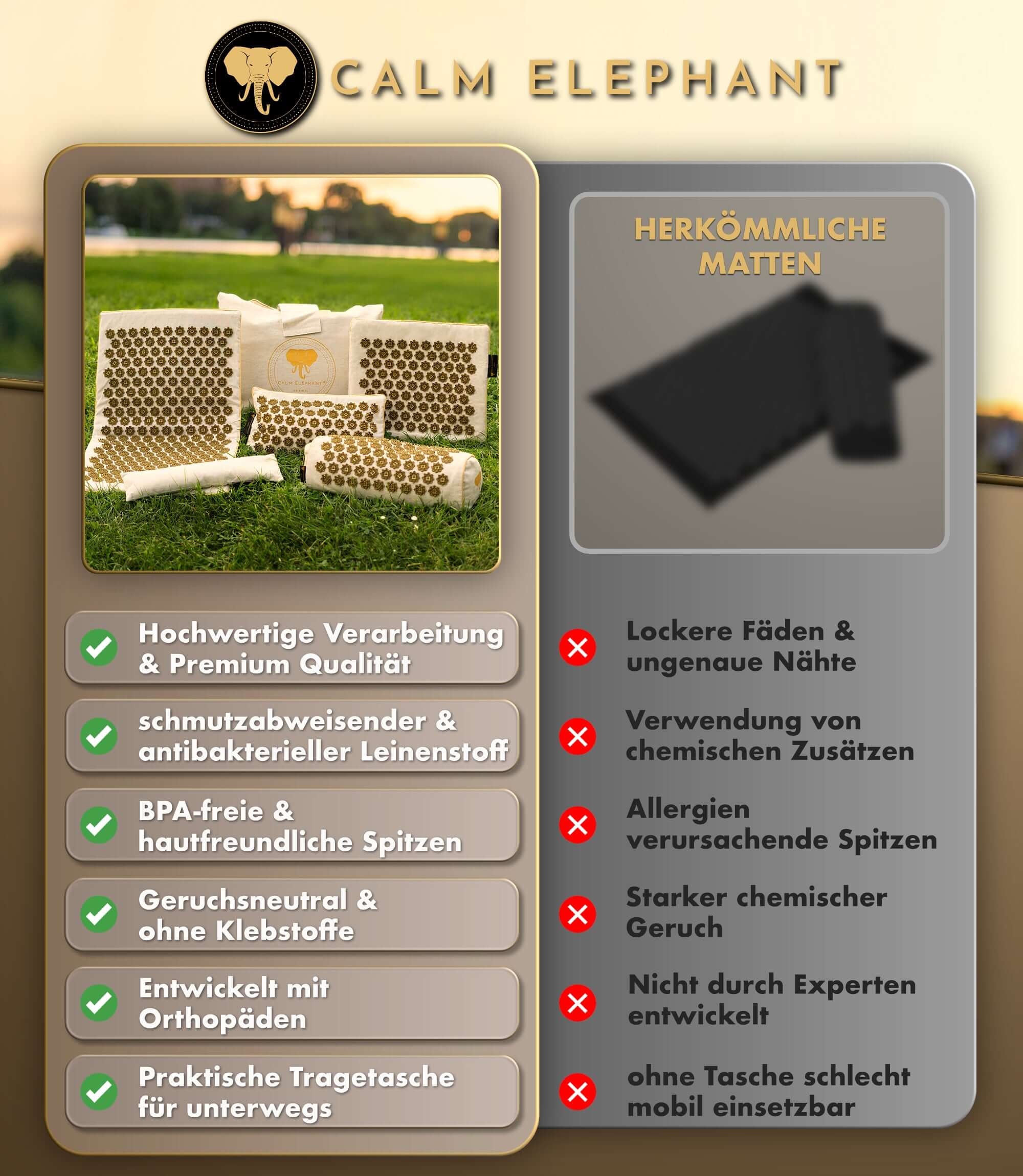
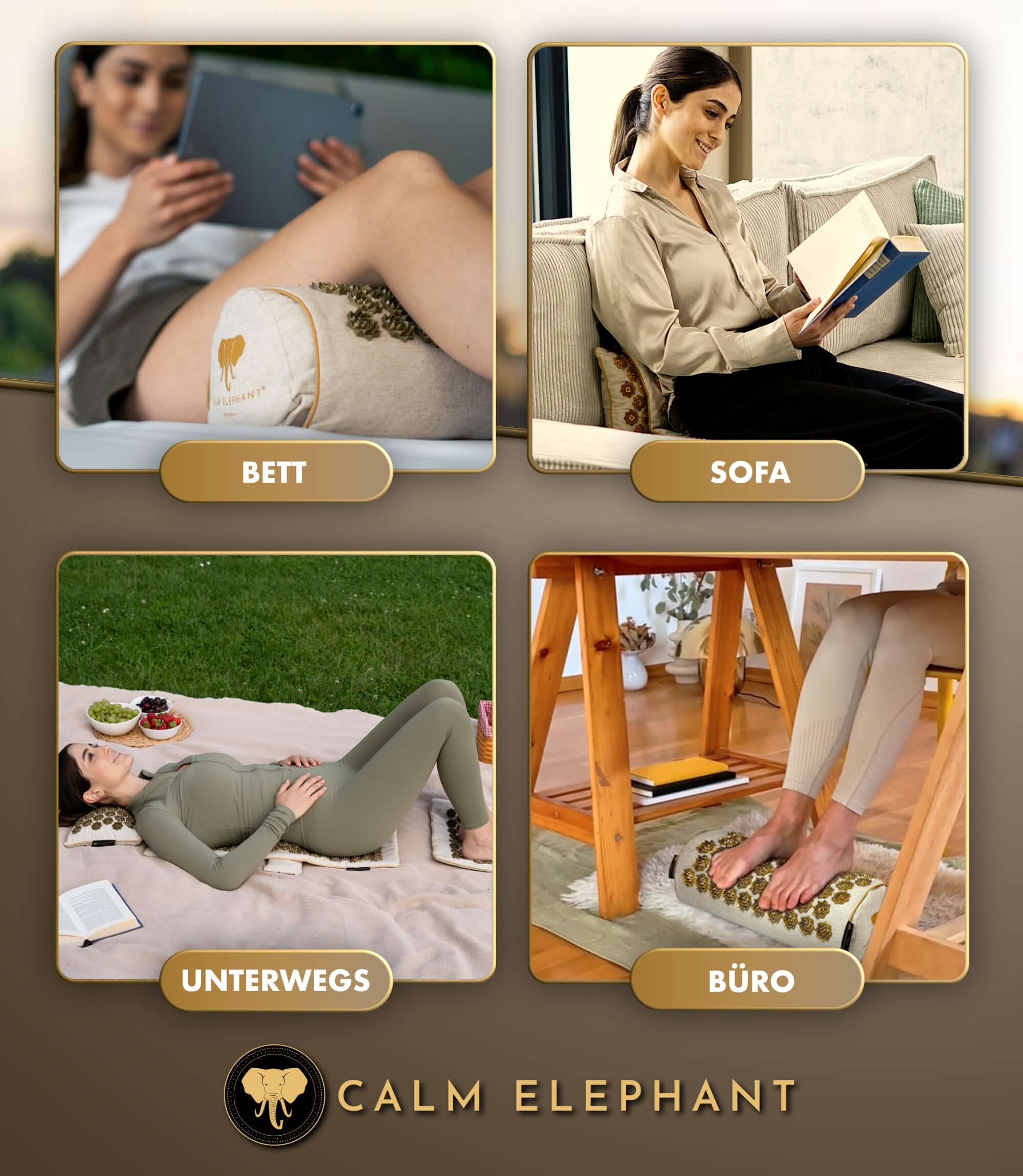
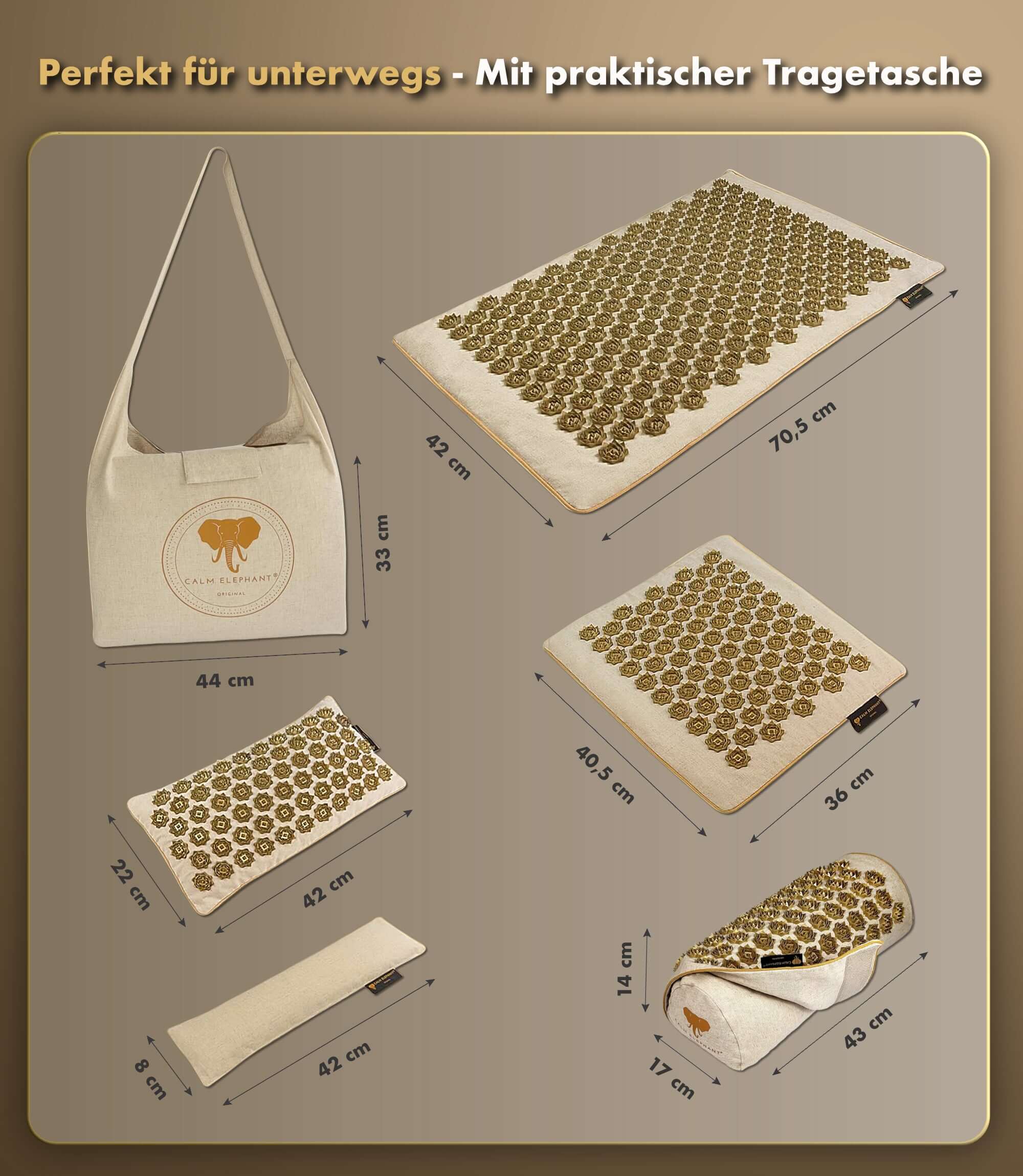
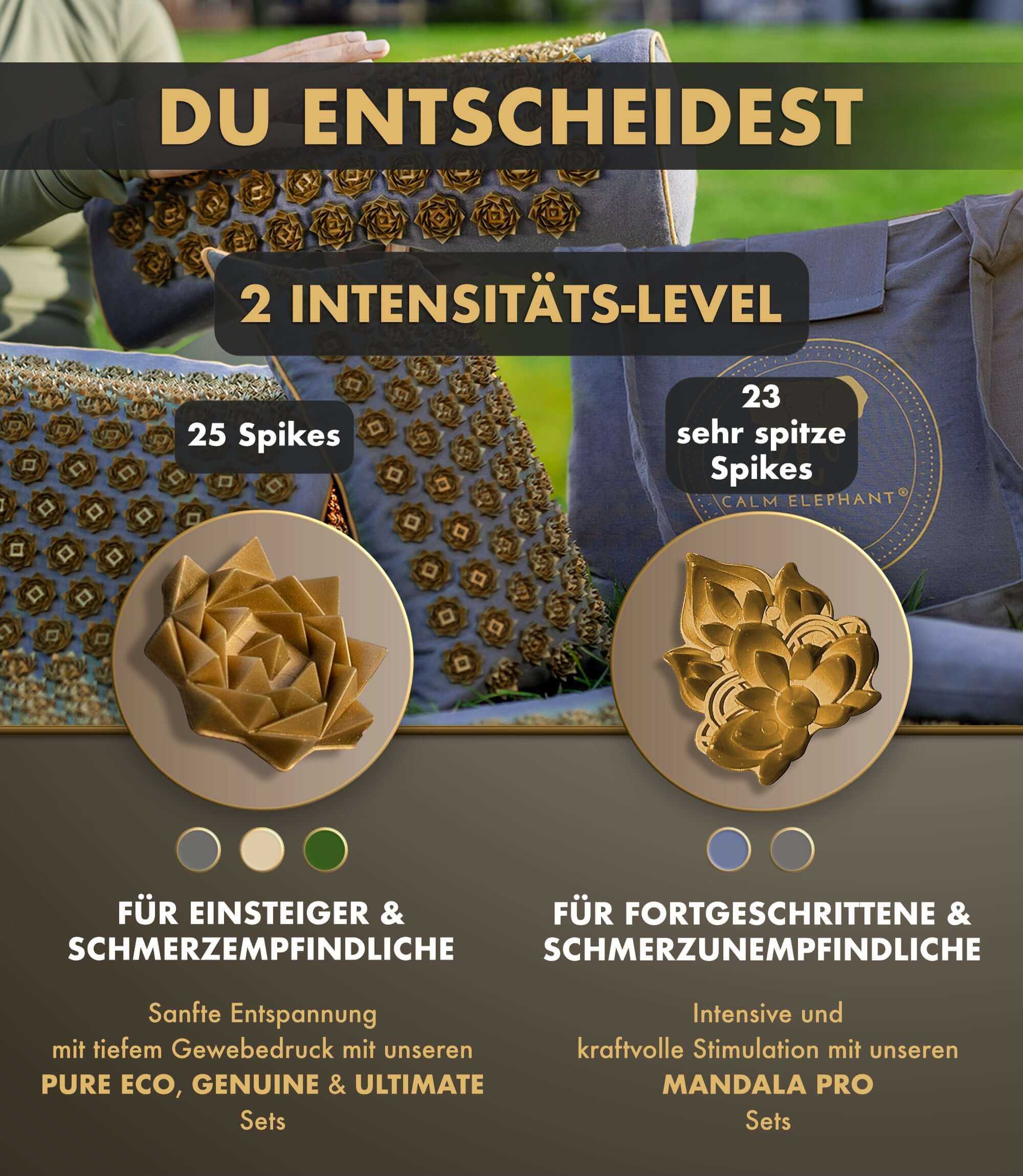

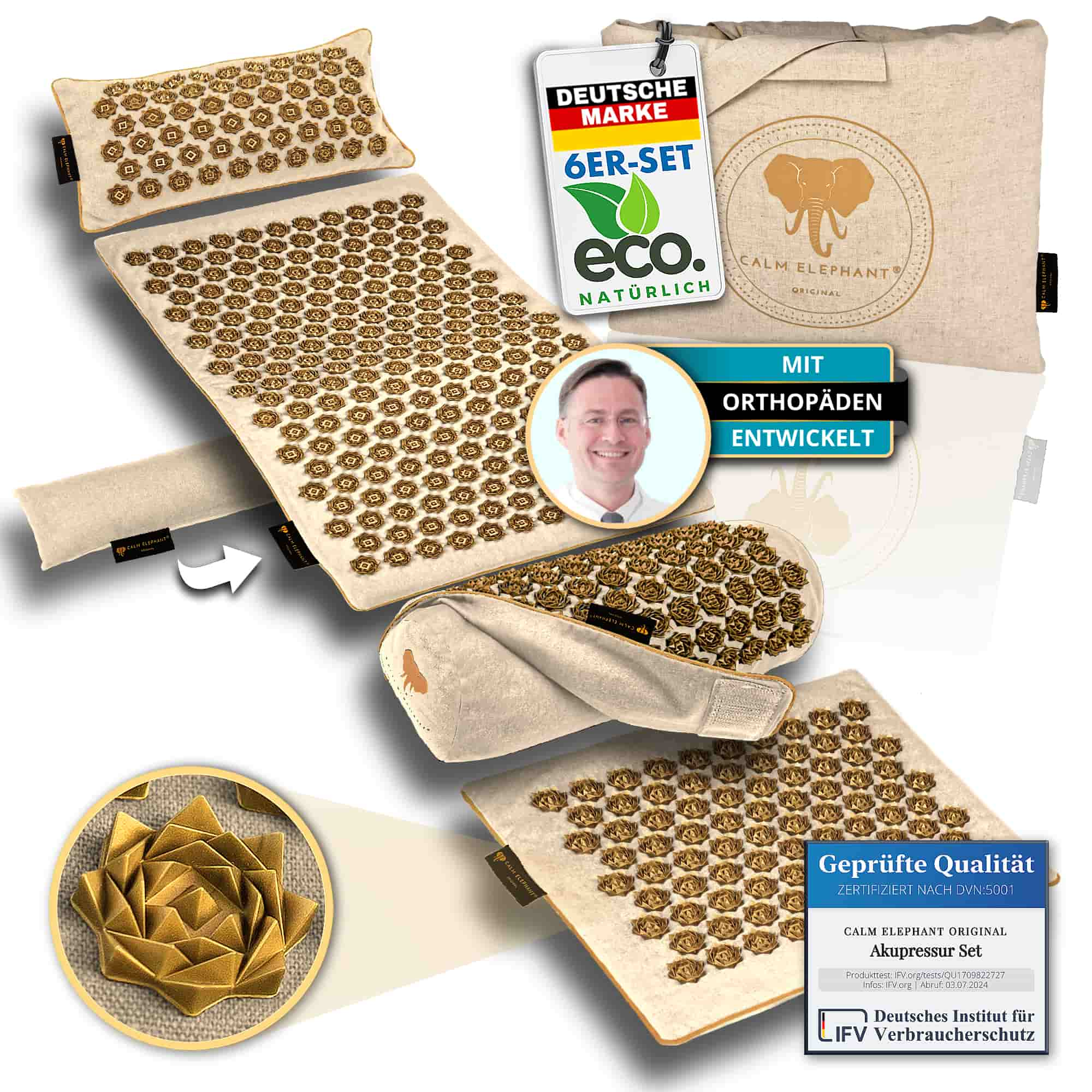
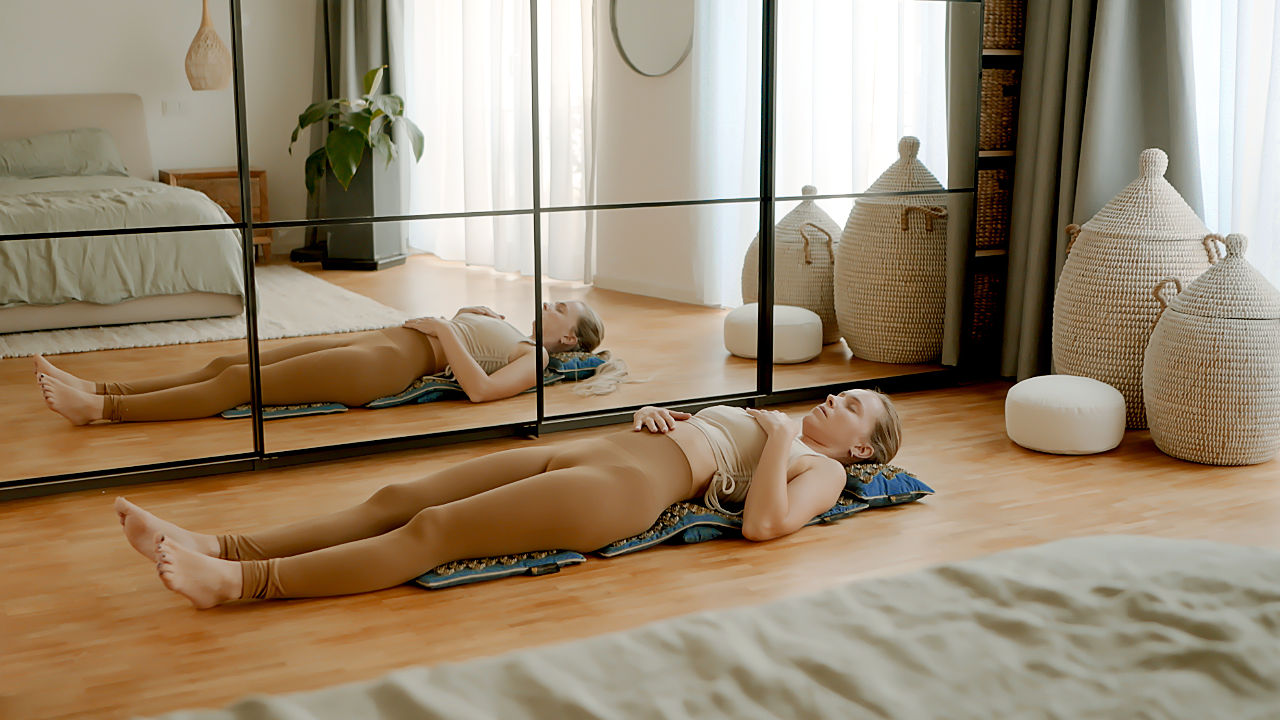
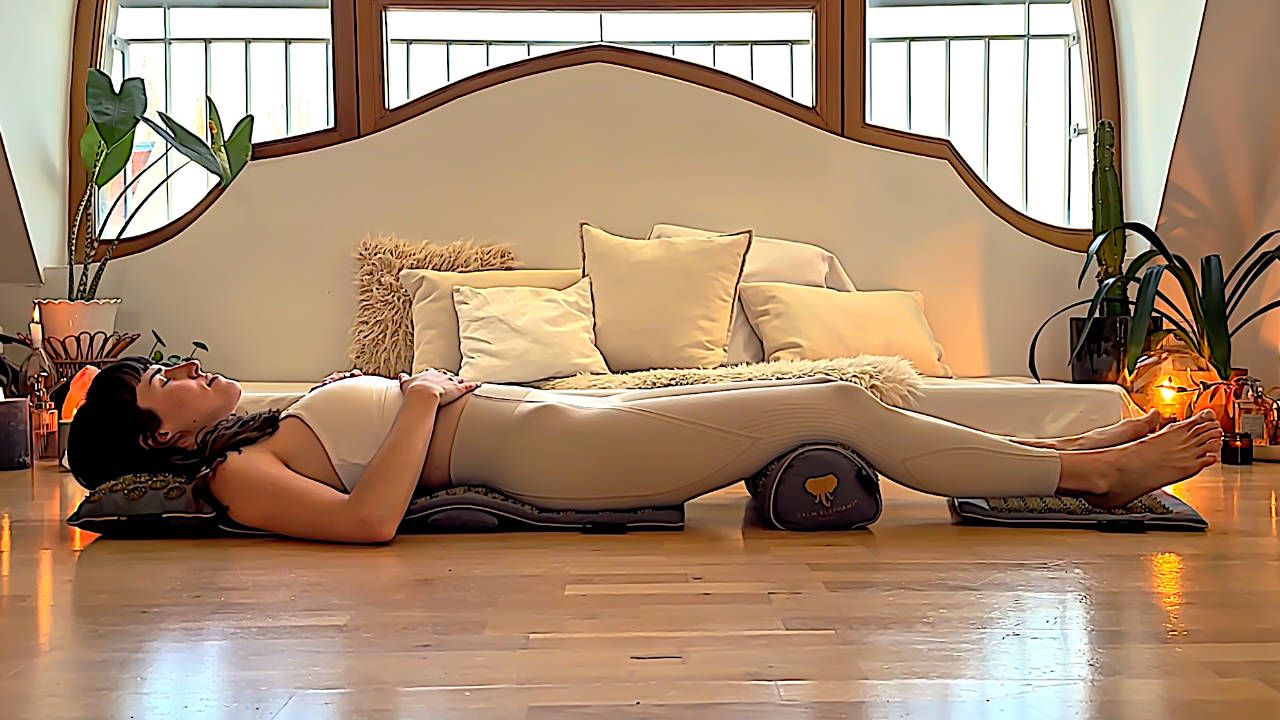


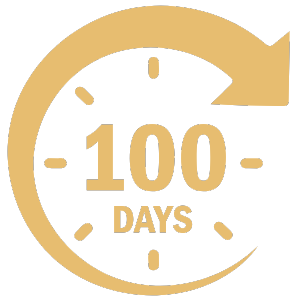
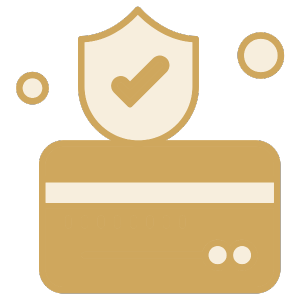
Leave a comment
This site is protected by hCaptcha and the hCaptcha Privacy Policy and Terms of Service apply.